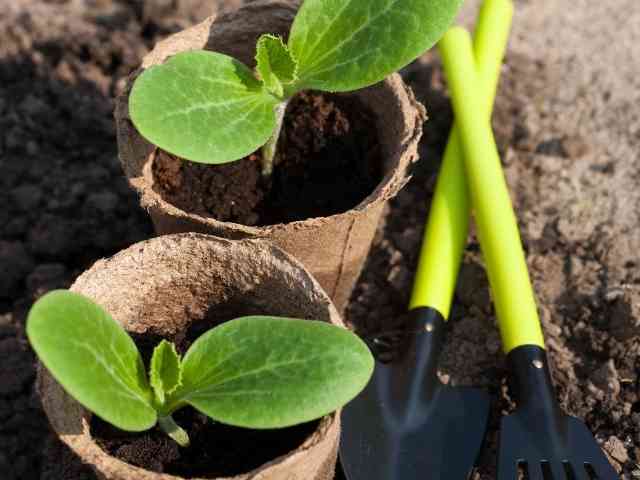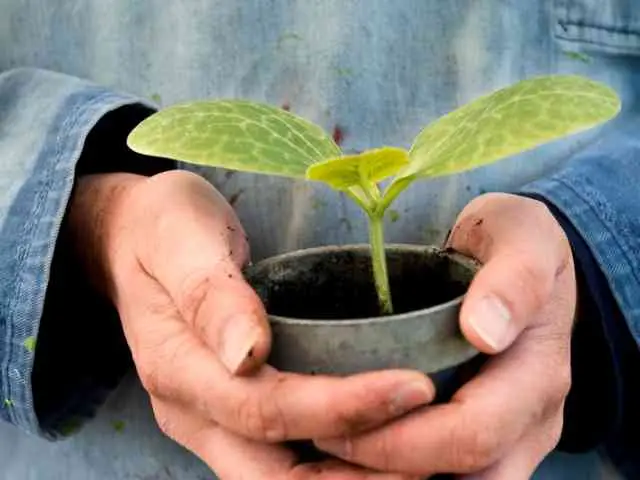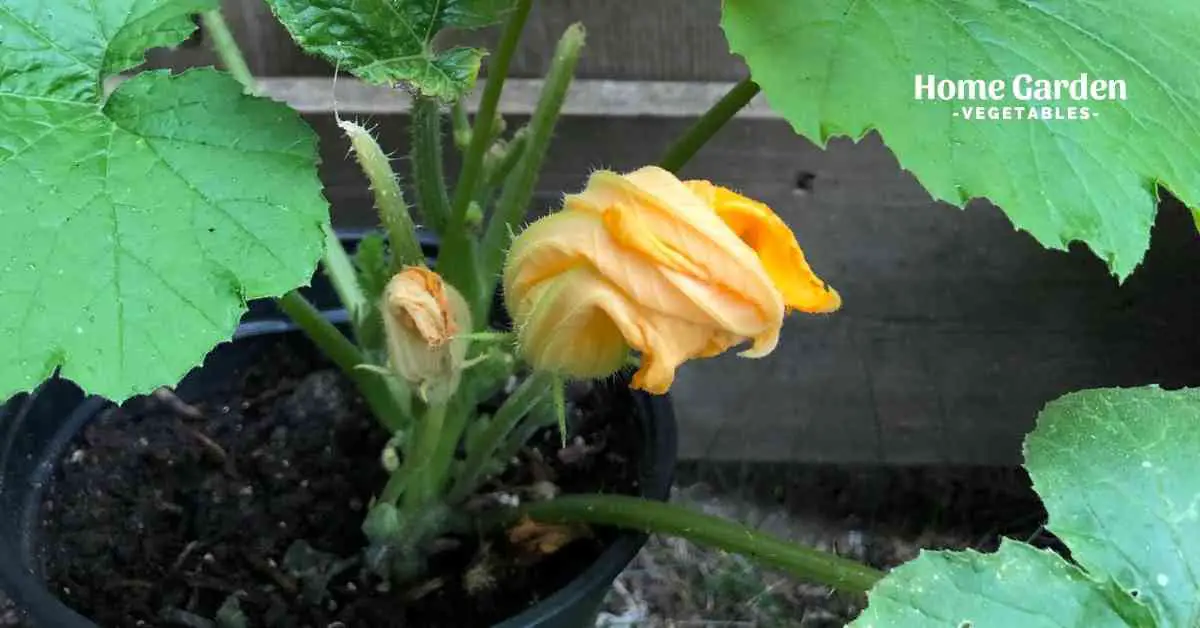It’s hard to find a vegetable garden that doesn’t have a squash plant or two in it. There are so many squash kinds to choose from when it comes to growing squash, and this is one of the most satisfying elements of the hobby.
You may find squash varieties that come in every form and color imaginable in the vegetable garden – a delightful addition to the mix, but they can also take up a lot of space. Consider growing squash in a container instead than in the ground. If you have limited room, you may grow squash in containers and pots and get the benefits of a big fruit harvest.
Reader Poll: What online courses would interest you?
For heavy feeders like squash, containers and pots are ideal since they allow you to manage the quality of the soil and keep ground pests away from the plants. Find out how to produce squash in containers and pots by following these simple guidelines.

Container Squash Gardening:
Soil Composition And pH
Organic matter and well-decomposed compost may be added to your garden soil to improve its quality. Soil rich in nutrients and well-draining is ideal for squash plants to grow and flourish. Potting mix, worm castings, and compost may be layered to produce a balanced combination of nutrients for your containers and pots by using top-grade raised bed soil. Soil with an ideal pH of between 6.5 and 7 is ideal for these prolific plants.
Temperature And Lighting Requirements
The best location for your squash containers and pots is in an area of your yard or garden that gets full sunlight.
Subscribe to our newsletter!
- Find a bright spot in your yard that gets at least six to eight hours of direct sunshine every day for best development.
- Temperatures around 70 degrees Fahrenheit are optimum for squash plants, although they can grow in any warm climate.
- Soil temperature should be at least 60 degrees Fahrenheit before seeds are planted, otherwise, the seeds will not have a good chance of germinating properly.
- Temperatures that are too low have the potential to inhibit or postpone the development of plants.
Squash in Pots: How to Get Started
Squash may be grown effectively in containers and pots provided they are properly cared for and given the right growth conditions. It’s possible to create a vertical vegetable garden with trellises or let the plants flow out of their pots, depending on the kind of variety you choose.
- Allow water to leak out of the container you’re looking at.
- Keep a big pot or growing container full of rich potting soil and water it often.
- Vining plants may be grown vertically if you have a trellis in place.
- If you want a more compact plant, go with a shrub kind.
- If you have room for the plants to grow, allow them to spill out of the pot.
- A container garden allows you to have more control over the soil quality, and it also allows you to put seeds and plants earlier in the season since it retains heat better.
Growing Squash Seeds In A Container
When growing squash, avoid transplanting the roots since they don’t like the change. Set out seeds in the middle of the spring when the earth has warmed up and two weeks after frost has passed.
If you want to get a head start on your plantings, try starting your seeds inside in biodegradable pots 3-4 weeks before the last frost. When using biodegradable pots, you may plant the container straight into the soil so that the roots can stay intact.

Fertilizing Squash In Containers
Fertilization is beneficial to squash plants six weeks after the seeds are sown since they rely on soil for nutrients. It’s important to use a high phosphorus and calcium fertilizer while growing squash in containers & pots to increase fruit output and prevent illnesses such as blossom rot from ruining your harvest.

Right Way To Water Squash Plants
It is recommended that squash plants get an inch of water per week. Hydration is essential for plants, particularly during the budding and fruiting stages. It’s a good idea to mulch around the base of established squash plants in containers and pots to retain more water in your yard.
- To prevent fungal disease, water the soil rather than the plant.
- A huge plant may be best served by morning watering since it has plenty of time to dry before the sun reaches its peak sweltering heat.
Pests And Diseases Of Squash Plants
Squash in containers and pots may be very simple to grow, but you may have to deal with some pests and illnesses along the way. To keep disease and pests at bay, use organic methods such as enriching your soil with organic matter, making sure your plants have enough air circulation, and watering them regularly.
With any insect or disease, it’s critical to keep a close check on your plants and take action if you see anything off.
Squash Vine Borers And Cucumber Beetles
Vegetable squash and zucchini plants are plagued by vine-boring insects such as. Look for pests and damage to vines that are apparent. If they have a chance to dig into your vines, your plants may perish.
Blossom Rot
It is possible to avoid blossom rot by adding calcium-rich soil to your garden. Testing and amending your soil are two options.
Powdery Mildew
In the absence of prompt detection and treatment, powdery mildew on plants may swiftly spread and devastate a yard. Aside from watering early in the morning to keep the leaves from being wet for a lengthy period, it is typically possible to avoid this problem by adequate spacing.
Conclusion
As a reminder, squash plants need pollination to produce an abundance of fruit. Pollinators such as bees and other helpful insects must visit squash plants frequently to pollinate the female and male flowers, which are found on the plants. Complimenting your vegetable garden with flowering annuals and herbs to attract pollinators is an excellent idea.
It’s easy to generate a large harvest of squash fruits from a single squash plant. To keep up with your rapidly expanding harvest, check your garden regularly after the plants begin producing fruit. Aim for 4-6-inch-long fruits and vegetables while harvesting for the maximum taste and tenderness. These suggestions should provide you with an excess of food that you can utilize, preserve, store, and even donate to friends!

